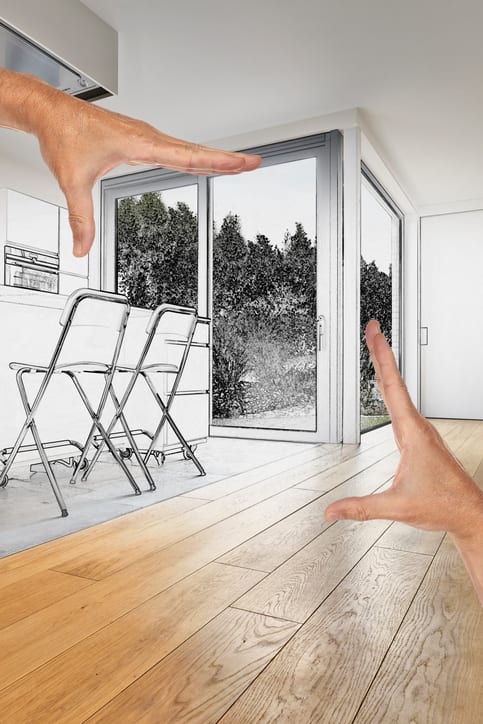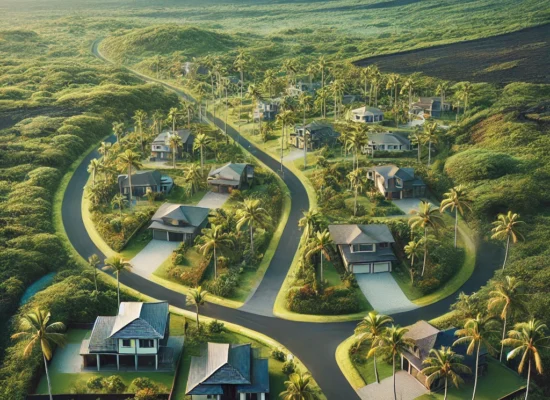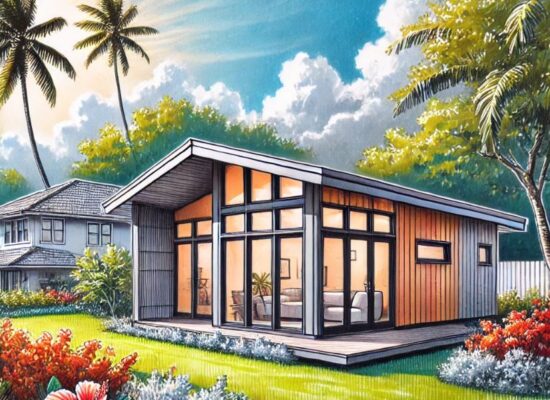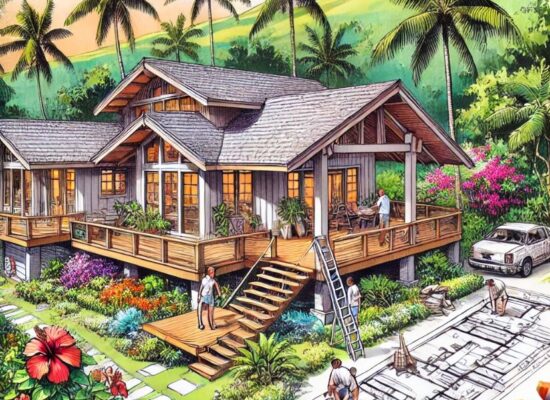- How to Optimize Space In Your New ADU
- Just How Big is a 400 sq ft ADU?
- What is an Accessory Dwelling Unit?
- What’s the 411 with Hawaii ADUs?
- What’s the 411 with Hawaii ADU’s: The FAQs Continued
- The Benefits of Building an ADU on Your Property
- Why Are ADUs So Important in Hawaii?
- Why ADUs Make Financial Sense
- Six Questions to Ask Yourself Before You Build an ADU in Hawaii
- The 9 Basic Requirements for Building an ADU in Hawaii
- Retirement Downsizing in Place with an Accessible ADU
It has been awhile since we discussed the benefits of having an accessory dwelling unit (or ADU) – including their potential for bringing more affordable housing options into the Hawaiian housing market and how ADUs can provide a new source of income. If you need to refresh your memory or read it for the first time, you can find that post here.
While the benefits of an ADU are numerous, there is a lot to think about when it comes to building an accessory dwelling unit. We have compiled a list of six questions you should ask yourself before you commit.
1. Why do you want an ADU on your property?
The reasons for having an ADU can vary greatly. Some are looking to generate extra income by renting it out. Others want to keep multiple generations of their family together on the same property while having separate spaces at the same time. Knowing why you want it and being able to articulate your reasons will be helpful as you get further into the process.
2. Are you or a relative willing to live on the property once the ADU is completed?
In Hawaii, as in many other areas, the owner (or a close relative) of an ADU is required to live on the property. This can be in the primary residence or in the ADU, but you or someone closely related to you will need to live on the property. If you are not willing to do this and cannot find a family member interested in doing so, consider investing in updates to the house that is already there and rent it out instead of creating an accessory dwelling unit.
3. Do you know the rules and regulations for ADUs?
Different residential properties on the Hawaiian Islands have different zoning regulations, as well as homeowners’ association rules, which may or may not allow ADUs to be built on your property. There are also regulations regarding owner-builders you need to be aware of if you intend to take on that responsibility for the ADU. Do your research and find out if your property is eligible for an ADU before you invest much money into the process of building it.
4. Are you prepared for the initial and ongoing costs of creating an ADU?
The cost of creating an ADU is not just a one-time, lump-sum payment. Often, there are multiple costs involved and multiple professionals you will need to pay in order to make sure that the work done to create your ADU is up to date and up to code. You need to be prepared for additional costs to surface as construction goes along.
5. Are you planning to convert space that already exists into an ADU, or will the ADU be a new building?
Many of the specifics of the accessory dwelling unit will depend on the answer to this question, so know your answer before you start designing it.
6. When it is finished, are you prepared to take on the role and responsibilities of a landlord?
Once you become a landlord, you are responsible for many things related to the ADU – including the maintenance and upkeep. Not sure what all of the obligations and responsibilities are? Spend some time researching what that means from a legal standpoint as well as what will be expected of you beyond what the law states, and honestly assess your ability to be a good landlord.
If you are considering building an ADU and looking for someone who can create accessory dwelling unit designs that are easy to read and permit-ready, contact us today. We have decades of experience and would love to work with you to create an ADU that fits your specific needs.
 Copyright secured by Digiprove
Copyright secured by Digiprove 




One thought on “Six Questions to Ask Yourself Before You Build an ADU in Hawaii”
Nice post. I learn something totally new and challenging on sites I stumbleupon on a daily basis.
It’s always exciting to read articles from other
authors and use something from their sites.